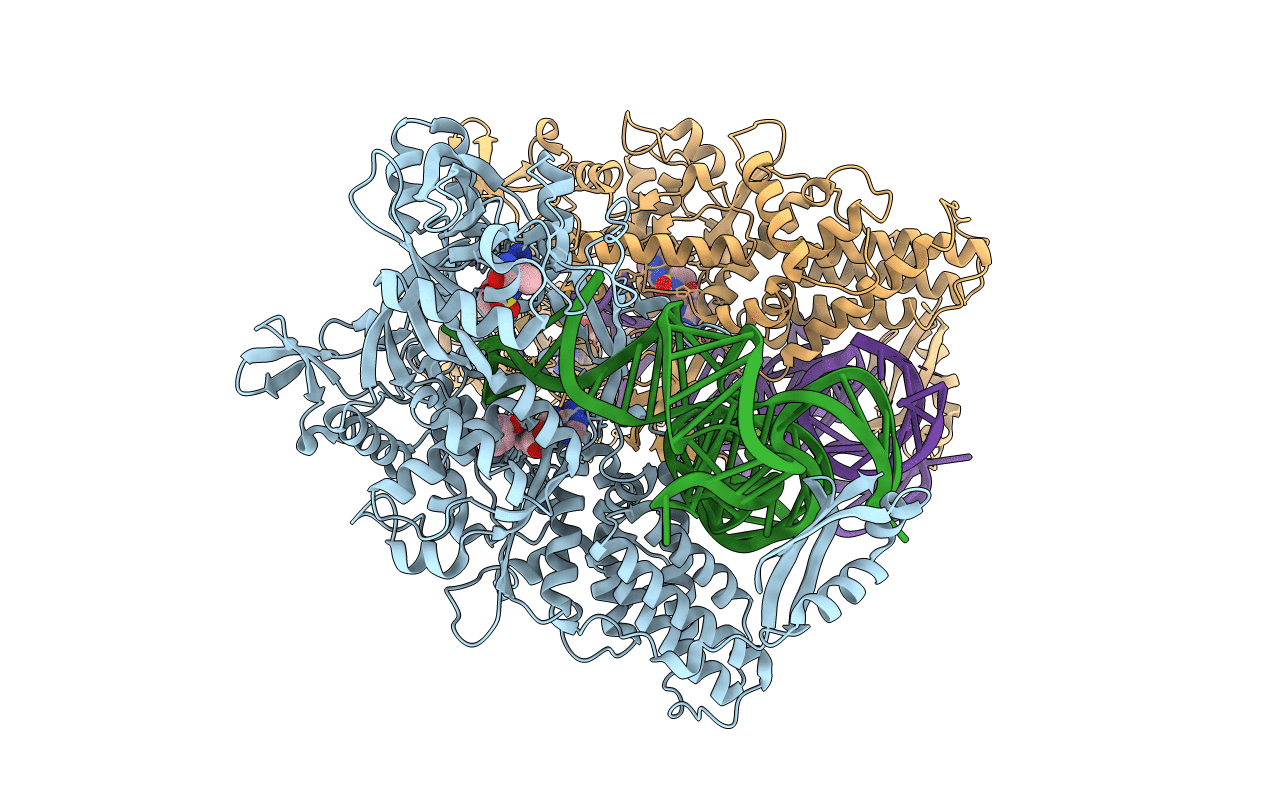
Deposition Date
2014-02-20
Release Date
2014-07-02
Last Version Date
2023-12-20
Entry Detail
PDB ID:
4CQN
Keywords:
Title:
Crystal structure of the E.coli LeuRS-tRNA complex with the non- cognate isoleucyl adenylate analogue
Biological Source:
Source Organism:
ESCHERICHIA COLI K-12 (Taxon ID: 83333)
ESCHERICHIA COLI (Taxon ID: 562)
ESCHERICHIA COLI (Taxon ID: 562)
Host Organism:
Method Details:
Experimental Method:
Resolution:
2.50 Å
R-Value Free:
0.29
R-Value Work:
0.21
R-Value Observed:
0.21
Space Group:
C 1 2 1


